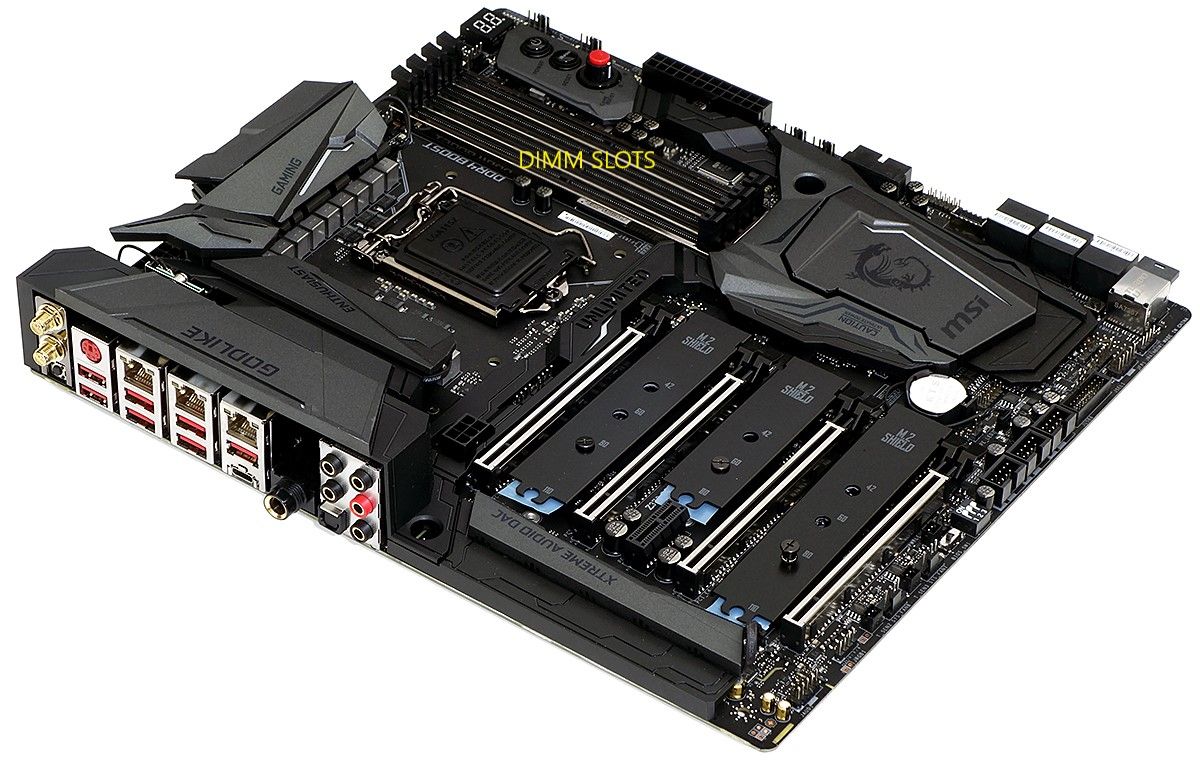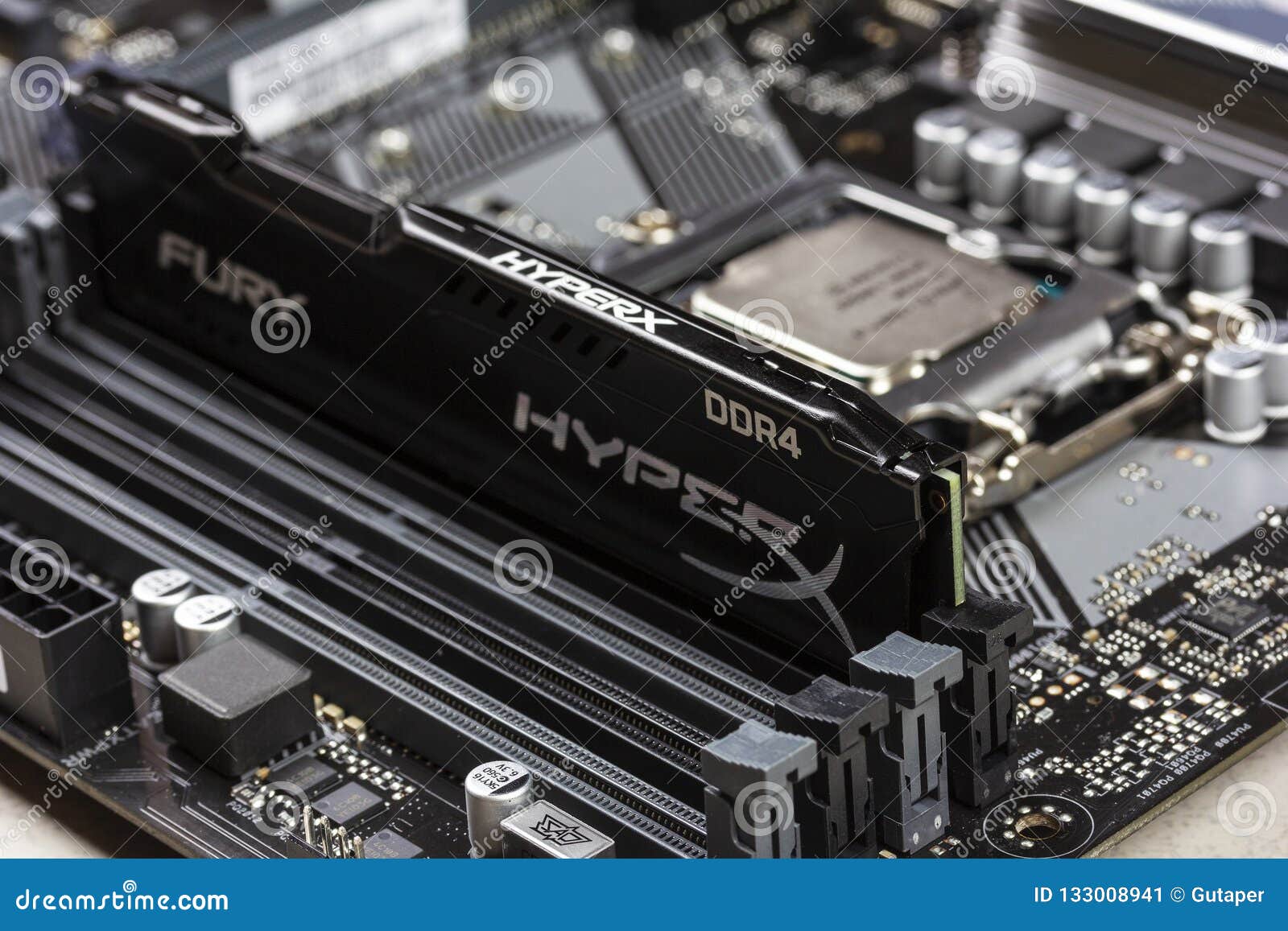Ddr Memory Slot Function
Alternately referred to as multi-channel memory, dual-channel memory is a DDR, DDR2, or DDR3 chipset on the motherboard providing RAM with two dedicated high-throughput data channels. The channels permit reading from and writing to memory to occur on distinct channels.

To take advantage of a dual-channel platform when purchasing memory make sure to buy memory in identical pairs. For example, if you wanted to upgrade to an additional 2 GB of memory. Buy two 1 GB memory modules that are exactly identical. While each memory chip's speed doesn't need to be the same as the others, it's best to install memory with matching speeds. If the speeds differ, the motherboard runs the memory chips at the speed of the slowest chip.

Finally, if you are only installing two memory modules at a time make sure the memory is installed into the proper memory slots. Almost always the memory slots will be color-coded to indicate the memory channel, as shown in the picture below. The first channel is often slots one and two, and the second channel is three and four. When installing memory in pairs make sure to install them into the same colored slot to take advantage of the dual-channel platform.
As can be assumed by the names, triple-channel architecture triples the available memory bandwidth and Quad-channel architecture quadruples the memory bandwidth. As with dual-channel architecture memory should be installed in a set of three or four depending on the architecture of the motherboard.
Ddr Memory Slot Functions
How do I know if dual-channel is active?
A memory slot, memory socket, or RAM slot allows RAM (computer memory) to be inserted into the computer. Most motherboards have two to four memory slots, which determine the type of RAM used with the computer. The most common RAM types are SDRAM and DDR for desktop computers and SODIMM for laptop computers, each having various types and speeds. The picture below is an example of what memory slots may look like inside a desktop computer. A computer runs on two major types of memory: RAM and memory in the hard drive. The two are necessary to basic computer functions. RAM is short-term, temporary memory, while hard drive memory is long-term and can be permanent. Whenever a user presses the 'save' button, a file is stored on the computer's hard drive. DDR RAM (Double Data Rate) which means it can transfer double the data without increasing the clock speed. Typical clock speeds were 100Mhz, 133Mhz, 166Mhz and 200MHz. Megabyte (MB) and Gigabytes (GB) measure the size of DDR SD-RAM. They vary in size from 128mb-1Gb. The common sizes are 256mb, 512mb and 1Gb. 'Generally speaking, motherboards are built to support only one type of memory. You cannot mix and match SDRAM, DDR, or DDR2 memory on the same motherboard in any system. They will not function. DDR3 also adds two functions, such as ASR (Automatic Self-Refresh) and SRT (Self-Refresh Temperature). They can make the memory control the refresh rate according to the temperature variation. DDR4 SDRAM (Double Data Rate Fourth SDRAM): DDR4 SDRAM provides the lower operating voltage (1.2V) and higher transfer rate.
Ddr Dimm Memory Slots Function
When active your initial boot screen that displays your memory speeds and capacity should show 'Dual Channel' or 'Dual Channel Interleaved' somewhere in the memory settings. Alternatively, software programs like CPU-Z can also detect and display this information.
I have four memory chips, do they all need to be the same?
For dual-channel, you only need to install memory in pairs. All four memory sticks do not need to be the same, only the pairs need to be the same and installed in their proper memory slots.
Related pages

A computer runs on two major types of memory: RAM and memory in the hard drive. The two are necessary to basic computer functions. RAM is short-term, temporary memory, while hard drive memory is long-term and can be permanent.
A hard drive is the storage capacity of the computer, or the long-term memory, and it is sometimes also called 'disk space.' The storage capacity is usually measured in gigabytes (GB) and is the place where files are saved when a user presses the 'save' button on most applications. Inside of the hard drive is a metal disk that spins while a head writes the information onto it.
RAM is sometimes called 'memory' for short which further complicates the issue. It is a computer chip that contributes to the speed of the computer, and it is typically measured in megabytes (MB) or gigabytes (GB), depending on the size of the chip. When a user chooses to open a file, the computer must put that information somewhere to be able to access it. It writes the file temporarily to the RAM for easy access, and this type of memory also temporarily saves files that are currently being worked on.
A major difference between RAM and memory on the hard drive is its permanence. Files stored in RAM are sent to the chip by little electrical charges that are necessary to keep the files intact. If the computer is turned off or crashes, the electrical charges stop and the files are lost. Hard drive memory is written onto the disk when a program is 'saved,' so these files are not lost in the case of a crash or power loss. Computer uses should save their work as it is being written, since every time this is done, the file is rewritten in its new form onto the hard disk.
Another major difference between these types of memory is that RAM can be often be upgraded. Computers have ports on the motherboard to plug RAM chips into, and in many cases, these chips can be easily removed and new ones plugged in. If a user has 32 MB of RAM in her computer divided between two chips, then she has two 16 MB chips. If she purchases two 64 MB chips instead, they can replace the old ones and give her 128 MB of RAM. This small and simple upgrade is relatively inexpensive and can make a huge difference in the speed and performance of a computer, although computers typically can only use certain types of RAM in specific amounts or configurations.
Computer owners typically want to know if they have enough RAM and memory to run a particular program. RAM will be significantly less in numbers than hard drive memory and is typically 128 MB - 1 GB. Since hard drive memory needs the capacity to hold significantly more files, the average capacities range from 1 - 400 GB. Individual programs will list the required RAM and disk space necessary for them to run effectively.